
.
The internecine boardroom drama that has been simmering inside the ATP Tour the last two years got serious this week, as the faction inside the Tour’s Player Council that has been advocating for a player’s association took it to the next level.
And as a result, Canadian Vasek Pospisil – one of the more vocal proponents in the “union” battle – resigned from the Player Council Friday.
According to the New York Times, citing anonymous sources, Player Council president Novak Djokovic and American John Isner have also resigned.
The drama is just beginning.
These former council members spent a significant amount of time trying to change things from within, to work within the system as it were.
Clearly, they felt they were getting nowhere.
So they busted this big move.
An incident before the start of the “Cincy” tournament added some fuel to this long-simmering quest.
ATP players Guido Pella and Hugo Dellien were withdrawn from the “Cincy” tournament after their trainer tested positive for COVID-19.
The players had reportedly understood that if a player was not sharing a room with a team member who tested positive, they would not be forced out of the tournament.
PTPA getting off the ground?
The New York Times obtained a copy of the manifesto distributed by Djokovic and Pospisil among the players that outlines a new organization called the Professional Tennis Players Association.
The word floating around about this initiative has been “union”, which typically relates to the actual employees of a company. ATP Tour players are independant contractors from almost every country on the planet. So it’s complex.
Raonic, when discussing it Saturday, immediately clarified that this wasn’t a union, rather an “association.”
The new association would represent Top-500 singles players and top-200 doubles players. Pospisil and Djokovic would be co-presidents.
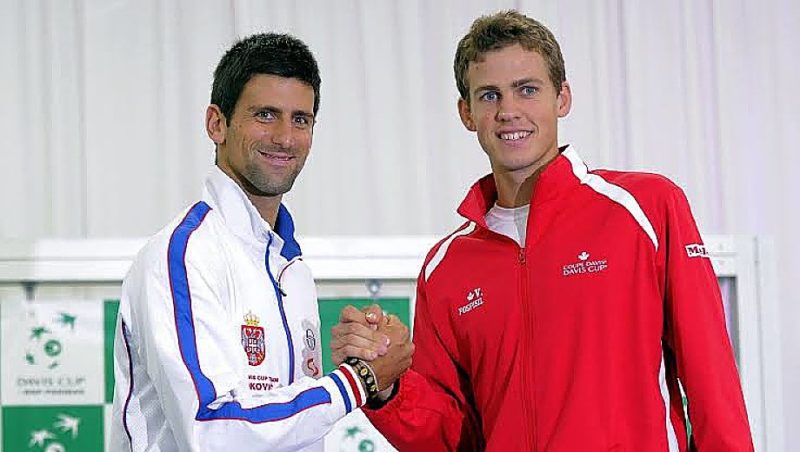
It’s the concrete documenting of the demands Pospisil, Djokovic and their like-minded brethren on the Players Council have been working on for quite awhile now.
According to the Times, it aims to “provide players with a self-governance structure that is independent from the ATP and is directly responsive to player-members’ needs and concerns.”
ATP clearly concerned

Whatever they’re planning, the ATP suits are concerned.
The only real leverage they would have as an association would be to boycott a big event. And that’s a very slippery slope – especially with less than a full field at this year’s US Open. And the pandemic is ongoing.
Gaudenzi sent out a sternly-worded letter to the players, a copy of which Open Court has seen.
In a nutshell, it says that those on the Player Council who are pushing for this should “reconsider their positions”.
According to what the Times reported Saturday night, it seems they have done just that.
A big move
There are certainly some observers not convinced they’ve gone about it the right way.
With the players stuck in the bubble and with time to kill, Djokovic and Pospisil certainly will have their full attention to state their case.
But given that the ATP is founded on the existing structure, it’s a complex … reorganization.
Former player Fernando Meligeni Tweeted that while he acknowledged the new CEO was not tactful, the players needed to be united – to fully understand whether their movement “helps or harms’ the collective. Egos needed to be set aside at the door, Meligeni said.
Representing the players
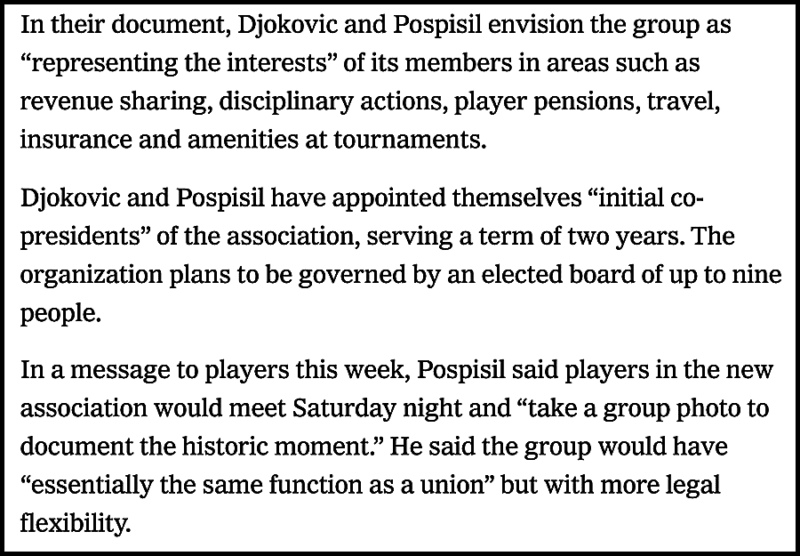
The more than slightly ironic bit of this is that the new “association” would be governed by an elected board of nine players.
Who will – because there’s ample evidence of how the players are one – all agree about everything. Right?
Also – notably, as Pospisil spent significant time recruiting WTA players to the notion of a collective – the women are nowhere in this plan.
What’s old is new again
There will be a meeting Saturday night – evocative of the infamous “parking-lot press conference” days of the fledgling ATP Tour, more than 30 years ago at this same US Open.
(Except, of course, only a handful of journalists have been allowed on the US Open site as the tournament wanted to keep the numbers down. Perhaps they can invite some of the 600-plus ESPN people to form a crowd).
The 1980s seem like simpler times, didn’t they?
Of course, 2019 feels like it was so much kinder and gentler.
Raonic on board
The players can sign up for the association at Saturday’s meeting. Pospisil’s countryman Milos Raonic said he will. And he expects “the majority” of the players will do likewise.
“A lot of us were kept in the dark by our leadership for six months. We were disappointed with many things. I voiced my opinion on many things, such as executives in other sports taking pay cuts to support us,” he said after upsetting No. 4 seed Stefanos Tsitsipas to reach the “Cincy” final.
“The lower guys weren’t making a dime. But our executives were staying home and didn’t feel it necessary to take any pay cuts. I pushed for that on every single phone call we had. I asked that question.”

The biggest issue in this conflict has been getting a bigger piece of the revenue pie from tournaments. But as much as that turned into a situation where members of the Player Council chose sides, the big revenue pies the players aren’t sharing in enough to their liking aren’t from the ATP Tour events (especially the lower-level ones). It’s from the Grand Slams.
And the Grand Slams are not under the aegis of the ATP Tour.
Activism in a time of pandemic
The ATP Tour is dealing with some potentially significant financial issues because of the six-month stoppage. If they can’t manage to hold their annual year-end Tour finals in London in November, that will be exacerbated.
Is it, then, the right time to start rattling cages in the quest for more money?
“There is no perfect time. I think that could have been a mistake before. If you’re looking for a perfect time for anything, there is no perfect time, you know,” Raonic said.
“Is it the right time to be out on the streets with COVID going on and protesting (for) change? Probably not, but stuff needs to happen.”
“Player’s choice” not working out
Ousted former ATP Tour CEO Chris Kermode’s detractors accused him of being on the tournaments’ side on big issues.
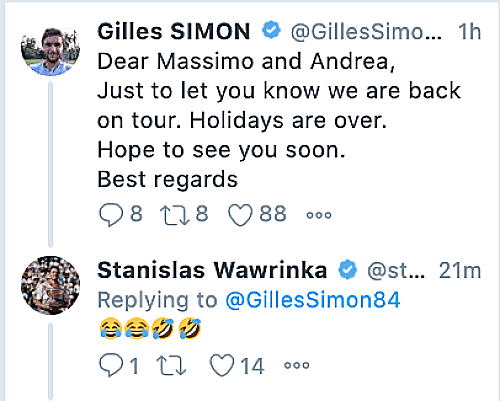
But the makeup of the board of directors put him in a tough spot: three reps are there to represent the players, three to represent the tournaments – and the chairman, theoretically, breaks the ties.
So after the Player Council got Kermode out, and after a looooooong search, the job was split in two. Both turned out to be Italians.
Andrea Gaudenzi, a 47-year-old former top-20 player, became chairman. Massimo Calvelli became the new CEO.
They began their terms at the beginning of 2020.
And look at what they’ve been dealing virtually from the get-go.
More on Gaudenzi tomorrow. But suffice to say that the players are not pleased with his leadership so far.
The issue of the executives not taking pay cuts during the pandemic – when executives in most of the other sports leagues in the world have done so – has genuinely stuck in the craw of a lot of players.
Drama after Council drama
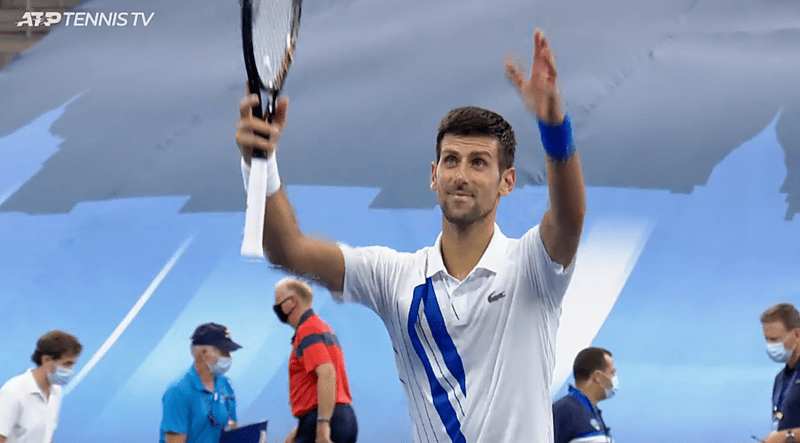
Where heretofore the ATP Tour board of directors and player council had gone about their business with little interest from the average fan – even the diehards on social media didn’t pay it much mind – that changed with the arrest of Justin Gimelstob in early November 2018.
Gimelstob, a former player who dipped his finger in just about every tennis pie, was charged with battery in an incident that occurred Hallowe’en night.
As a player rep to the ATP Tour board of directors, he held significant influence. He was firmly in the Djokovic – Pospisil camp.
And so, the issue of whether he should step down from the board because his legal woes was a hill on which many of the player council members decided to die.
Gimelstob steps down, drama ensues
Before l’affaire Gimelstob came to a head, the Player Council ousted Aussie Roger Rasheed from his position as player rep on the board of directors. Rasheed reportedly sided with the tournaments on an issue involving a less-than-hoped-for increase in compensation at Masters 1000 tournaments.
The Council campaign to oust Kermode
At Indian Wells in 2019, after a six-hour meeting, Kermode was ousted.
When the Player Council first voted during the Australian Open, the count was deadlocked at 5-5. It still was; the council booted the decision to its reps on the board of directors.
Split on the Player Council
By the spring, the Player Council was just as split – even as a search began for Kermode’s successor and a replacement for Gimelstob on the board of directors.
By Wimbledon, several Player Council members who would be considered Team Kermode – Jamie Murray and Robin Haase among them – resigned.
Dani Vallverdu, who had replaced Rasheed as the coaching rep but resigned along with Haase and Murray, urged caution Friday night.
Federer, Nadal step back in
Roger Federer and Rafael Nadal rejoined the Player Council shortly after Wimbledon, both having served before (Federer was longtime president).
Many hoped they could be veteran, calming influences in what had become a rather turbulent process. But it hasn’t really worked out that way.
And, of course – as all this is coming to a head in New York – this is the first time since 1999 that one or both of them were absent from a Grand Slam tournament.
Apparently Gaudenzi and Calvelli aren’t in New York, either.
They should probably book flights – economy, preferably, given how some of the players feel about their salaries.
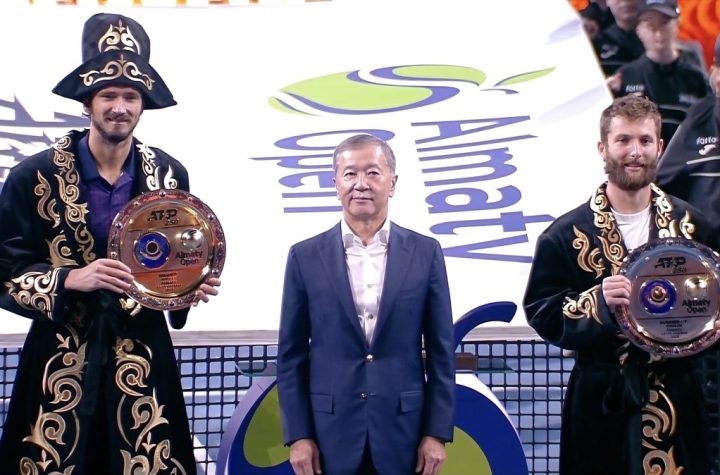
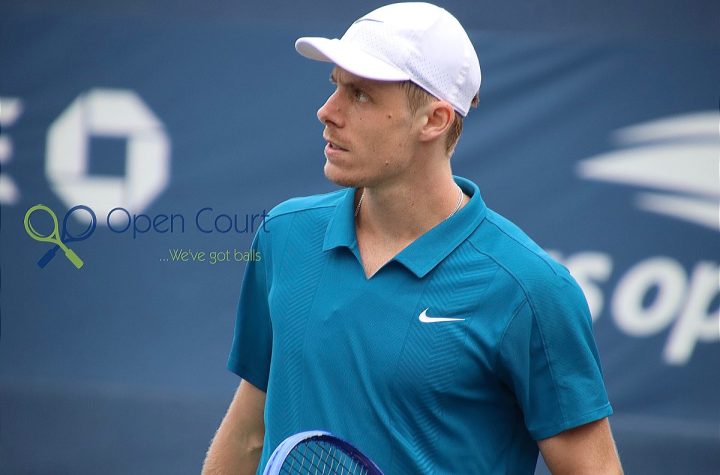

Terrific in-depth article Stephanie. TYVM for keeping us informed with the very latest info on this fascinating development in the tennis world. Can’t wait to learn how this will all pan out. Especially eager to hear where Rafa and Roger stand.
I’ve already written another one about that. Check it out.